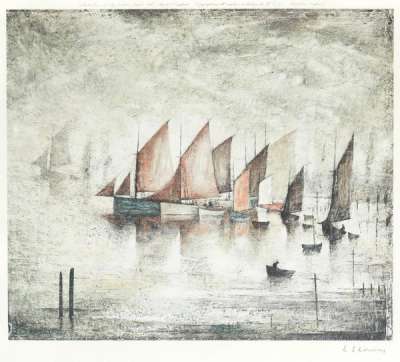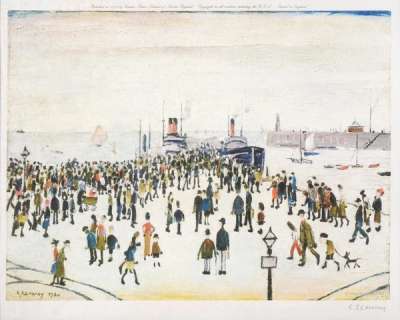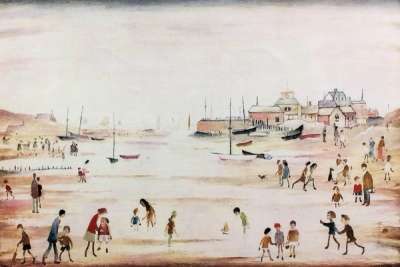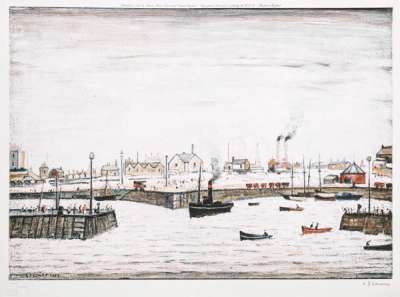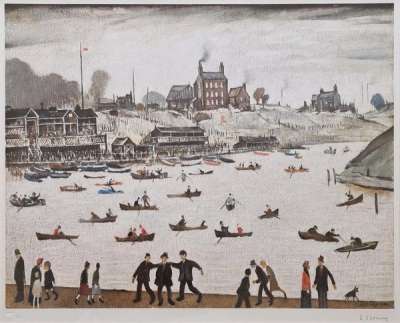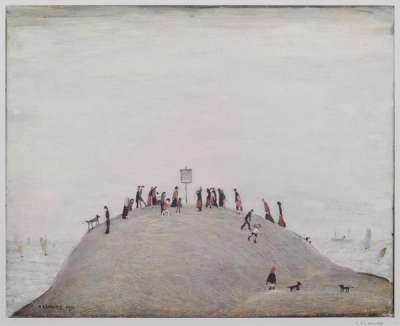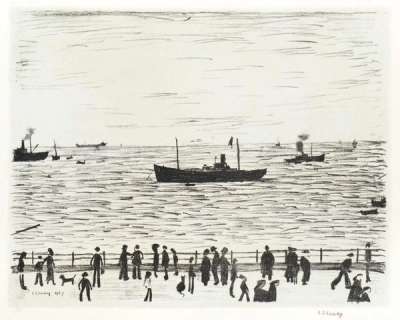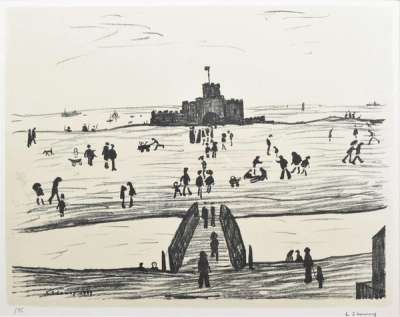
Boats At Lytham

Boats At Lytham
Signed Print
L S Lowry
£2,700-£4,000Value Indicator
$5,500-$8,500 Value Indicator
$4,950-$7,500 Value Indicator
¥26,000-¥40,000 Value Indicator
€3,150-€4,650 Value Indicator
$28,000-$40,000 Value Indicator
¥510,000-¥760,000 Value Indicator
$3,600-$5,500 Value Indicator
AAGR (5 years) This estimate blends recent public auction records with our own private sale data and network demand.
There aren't enough data points on this work for a comprehensive result. Please speak to a specialist by making an enquiry.
Medium: Lithograph
Edition size: 850
Year: 1959
Size: H 44cm x W 59cm
Signed: Yes
Format: Signed Print
TradingFloor
Track this artwork in realtime
Watch artwork, manage valuations, track your portfolio and return against your collection
Meaning & Analysis
Boats At Lytham is a signed colour photolithograph print made by the iconic British painter, L.S Lowry. In this print, Lowry captures the serene beauty of Lytham St Annes, a seaside town in the Borough of Fylde in Lancashire. In this landscape, Lowry depicts the Fylde coast, showing people walking about the seaside town in the foreground of the composition. In the background of work, Lowry renders various boats and yachts in a variety of bright pastel colours, bobbing on the water. The peaceful scene Lowry creates in this print contrasts with the industrial and crowded scenes that the artist is most famous for. The pastel colours used also differ from the typically dark and understated colours the artist is known for using.
Lowry was born in Stretford, Lancashire, in 1887, however the artist moved to Pendlebury near Manchester, a city where he drew much artistic inspiration. Lowry was fascinated with industrial landscapes and the people that inhabited and worked in them. While many of Lowry’s drawings, paintings and prints depict industrial settings that capture the monotony of working life, this print conveys the calm and tranquillity of Lytham. The artist was always drawn to the sea and sketched and painted seascapes throughout his impressive artistic career.
The print shows Lowry’s famous ‘matchstick men’ wandering around the beach. While Lowry has been criticised for the lack of individualism among these human figures, the small, simple and indistinct forms have become a signature element of the artist’s visual style.
Born in 1887, L. S. Lowry was a key figure in 20th century British painting. Known for his distinctive painterly style and 'matchstick men', Lowry aimed to put industry on the map by typically focusing on scenes from his hometown in the North West of England. The naivety of his art drew criticism, yet has stood the test of time with the artist becoming a household name. Lowry has consistently performed in the secondary market, with works such as Going To The Match achieving a value of £2,919,000 in 2021 and the editioned prints remaining highly sought after.
